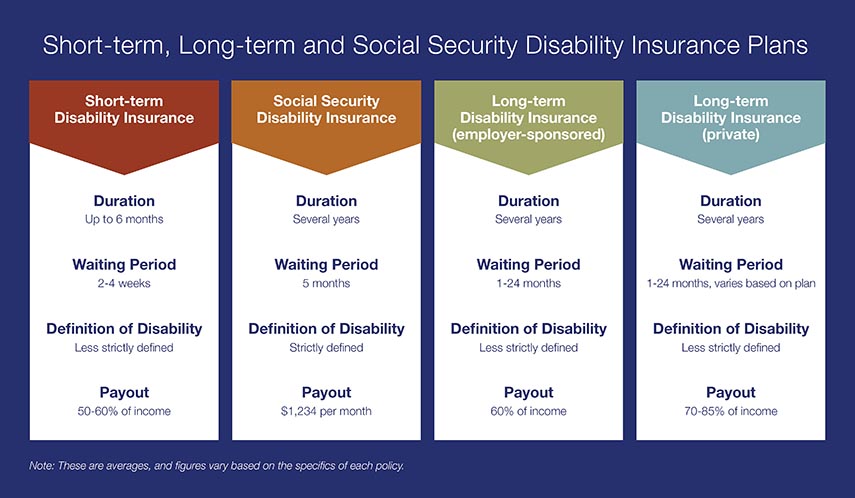Whether you’re starting a new job or it’s open enrollment season at your current one, it’s important to make sure you're getting everything you can from your health insurance plan. Even if you’re planning to stay on the same plan, you should still take time to review a few things before re-signing.
1. Consider your family’s needs
If you’re married and/or have children, think about what your family needs from a healthcare plan. Because coverage can change from year to year, it’s helpful to know what plan(s) work better for your circumstances. For example, if you and your spouse have significantly different healthcare needs, it may be beneficial to keep separate plans with differing levels of coverage or different pricing.
2. Make note of open enrollment
This is the eligible window to enroll in or change an insurance plan. If you're purchasing health insurance through a government-run exchange, open enrollment generally starts in the fall and can vary by state. If your employer offers health insurance, open enrollment can happen at any point throughout the year.
The open enrollment period is a good reminder to review your situation and make sure you and your family are getting everything you need from a healthcare plan.
3. Review your coverage options
If you’re looking at individual or family insurance plans outside of an employer, think about what degree of coverage you need when selecting a plan.
Individual health insurance plans are often categorized by how much coverage they offer. On the Health Insurance Marketplace, for example, plans are presented in “metal” categories: platinum, gold, silver and bronze, with “catastrophic” plans also being available to some people.
The categories only differ in how you and your plan split costs, not in quality of care.
4. Check the premiums, copayments and deductibles
Insurance plans come with a number of out-of-pocket costs:
- You pay a premium for your coverage, regardless of the services you use.
- Copayments, a fixed fee for certain kinds of office visits, prescriptions or other kinds of care, are paid at the time of service.
- Deductibles are costs you pay before your insurance kicks in.
- You may also pay coinsurance on certain services — for instance, your insurance may cover 80%, leaving you responsible for the remaining 20%.
- Many plans also have out-of-pocket maximums: Once you hit this number, your insurance would cover all costs.1
Out-of-pocket costs can get complicated and take a toll on your budget. Take the time to consider what services you might need over the next year. Then, look at what costs might be associated with those services under each plan you’re considering.
5. Check the provider networks
Write down all the providers you think you or your family may use in the next year: physicians, specialists, and even specific hospitals, clinics or pharmacies. During open enrollment, review each plan you’re considering to see if your preferences are included.2
Keep in mind, medical professionals and insurance companies are continually updating their contracts. Doctors or other professionals that were in-network last year may be out-of-network next year.
6. Consider HSAs and FSAs
Health Savings Accounts (HSAs) and Flexible Spending Accounts (FSAs) allow you to set aside pre-tax dollars to pay for eligible healthcare expenses, such as copays, certain prescriptions, and some medical equipment. However, these plans aren’t available to everyone. HSAs require enrollment in a high-deductible health plan (HDHP) or catastrophic plan, and FSAs are only offered through employers (not available in all companies).
If you plan to use an HSA or FSA, check the contribution limits and rollover policy. It’s also a good idea to confirm that these accounts cover the types of medical expenses you anticipate in the coming year.3
7. Keep in mind the difference between HMOs and PPOs
With Health Maintenance Organizations (HMOs), you’re generally only covered if you see doctors within the HMO network. On the other hand, Preferred Provider Organizations (PPOs) often provide some coverage for out-of-network services. HMO networks tend to be smaller, and it’s likely you’ll need to name a primary care physician who will refer you to any necessary specialists.
These plans also tend to have lower premiums and deductibles. PPOs often have wider networks and don’t require referrals, but tend to be more expensive.
8. Make sure your medications are covered
Create a list of your medications, and note whether you take name brand prescription drugs or generic. Name brand or patented drugs can be pricey, so finding a policy that covers them is essential. Generic drugs are generally lower in cost, so if your prescriptions are primarily generic, you may be able to cast a wider net or be more comfortable paying out of pocket.4
Call the insurance provider to find out whether the plan you’re considering covers the medications on your list. Be sure to ask about the copays for filling and refilling prescriptions.
Health insurance isn’t the only type of insurance you should review every year. Read our annual insurance review checklist to learn more.









